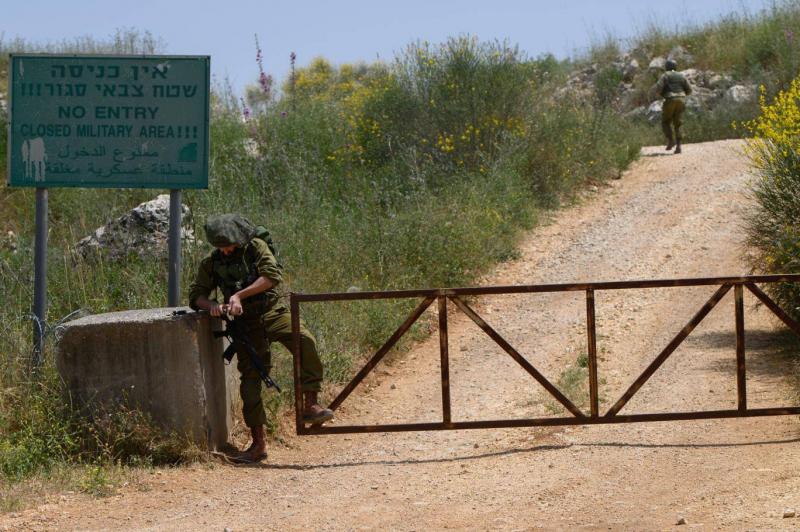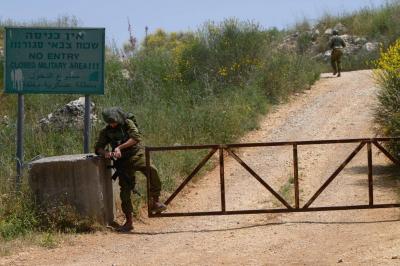As the "hot winds" intensify on the southern front of Lebanon, fears are growing that the "soft war" between Hezbollah and Israel could escalate into a broader confrontation. This comes in the wake of the end of a seven-day ceasefire in Gaza, aiming to expand the "fire belt" toward the southern Gaza Strip while exposing further fractures in the approaches of Washington and Tel Aviv regarding military operations and humanitarian commitments, primarily focusing on civilian protection.
While Israel demonstrates its destructive capabilities in preparation for operations in southern Gaza, particularly in Khan Younis and Rafah, citing that the majority of Hamas leaders and most of its rocket arsenal, as well as the majority of remaining Israeli captives, are in the south, there was a "holding of breath" on the Lebanese front. The day before, confrontations occurred resulting in at least 15 Israeli injuries (most of whom were military personnel) due to operations by Hezbollah.
It is evident that increasing pressure through fire and "contest" on the southern front is linked not only to the collapse of the ceasefire but also to Israel beginning its assault in southern Gaza. This development suggests a significant objective of "erasing Hamas," irrespective of its feasibility, while also likely to provoke a series of humanitarian aftershocks. This could revitalize a plan previously secretive in discussions about "transfer," now leaning towards intimidation toward Sinai, which Cairo is cautious about, having strongly rejected during President Abdel Fattah el-Sisi's meeting with U.S. Vice President Kamala Harris on the sidelines of the climate summit in Dubai.
While attention was drawn earlier in the day to the Bab al-Mandab, informed circles expressed to Al-Rai newspaper significant concerns that the disagreements between the U.S. administration and Israel over fundamental issues regarding the Gaza war have become "gloveless." Tel Aviv's administration appears somewhat deaf to American "screams" regarding the humanitarian situation, which represents automatic constraints in the field and consequently for Israel's military target bank. This reflects a broad margin for evading any red lines drawn by Washington, not just regarding Gaza but possibly tomorrow concerning southern Lebanon.
Notably, U.S. Defense Secretary Lloyd Austin warned Israel concurrently, stating that his country would not allow Hamas to achieve victory. He cautioned of a "strategic defeat" if Israel fails to protect civilians, revealing that he "personally urged Israeli leaders to avoid civilian casualties" and stop the "irresponsible rhetoric" while preventing violence from settlers in the West Bank. This happened on the same day that Israeli Prime Minister Benjamin Netanyahu acknowledged "differences of opinion with Washington" regarding how Israel should achieve its war objectives and address humanitarian concerns, including post-war governance of Gaza. He stated, "Ultimately, this is our war, and we must make decisions and try to convince our American friends, which we often succeed at, and I hope and believe this will happen in the future too."
While Israel attempts to "buy time" by informing the U.S. State Department that it has agreed to designate what was described as "large safe areas" in southern Gaza, amid suggestions that "hunting" Hamas leaders for a "better agreement on the release of captives" would be supported by a system based on artificial intelligence (Habsora) to analyze information and identify targets more quickly and accurately to minimize civilian casualties, what appeared to be efforts to reassure Washington did not assuage growing fears of Israel's divergence from U.S. controls on the Gaza front toward the Israeli-Lebanese border. This is seen as an attempt to impose a reality on all parties and align this front with any potential cessation of hostilities in its maternal theater, based on ground preparations Israel has started laying out under the guise of the southern Litani being a buffer zone devoid of elite Hezbollah forces.




